'For here is pure noodle nirvana': How to make Tom Parker Bowles's favourite Thai soup
The best bit about south-eat Asian-inspired soups is the fact that you can make them entirely your own, from mellow and comforting to blow-your-head-off hot.
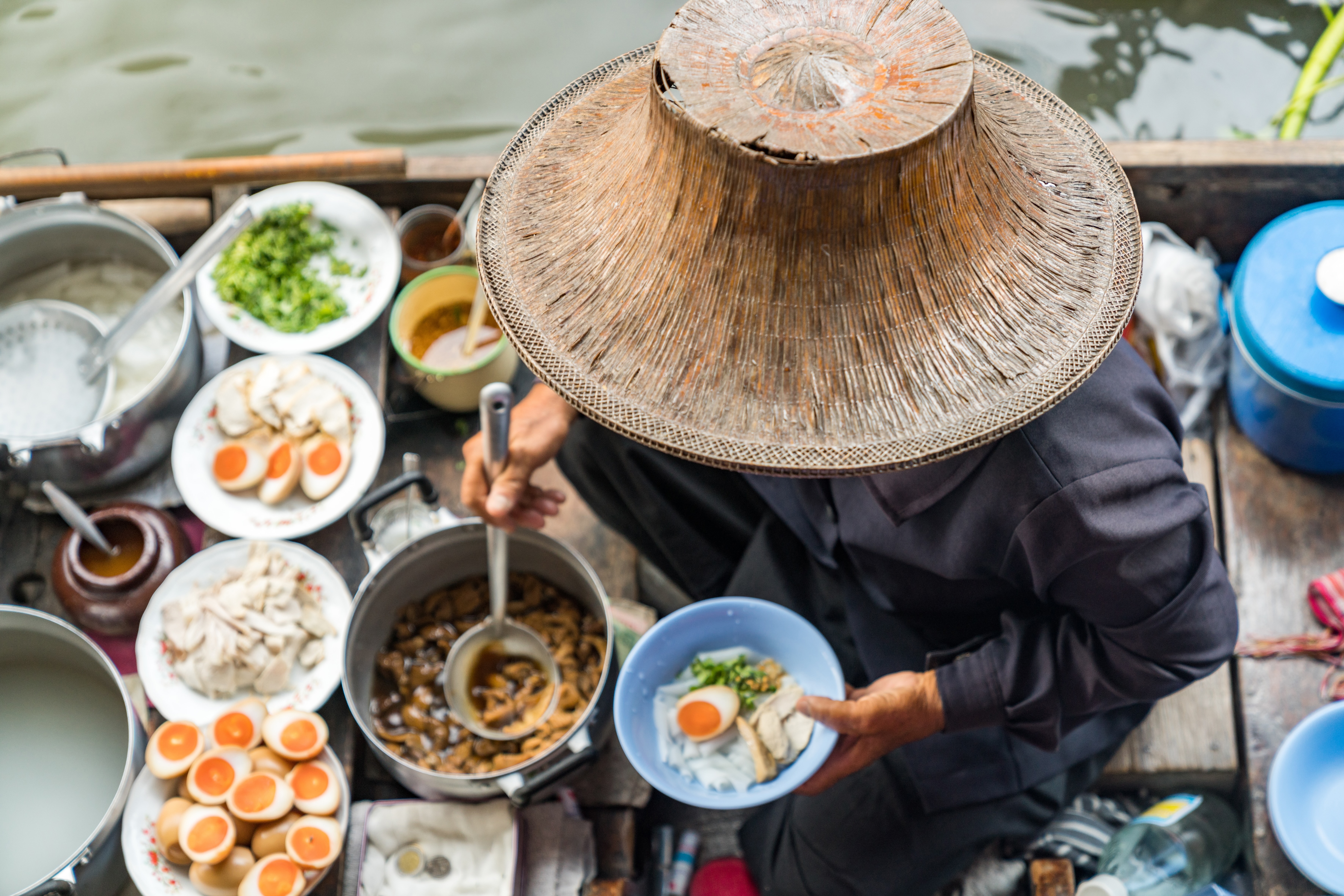

It was one of the finest lunches I’ve ever eaten and not a white tablecloth in sight. In fact, there wasn’t even a chair, rather a rickety plastic stool in a makeshift rattan shack on the outskirts of Luang Prabang, Laos. I was here for a bowl of hangover noodle soup and it sure didn’t let me down. First, fresh noodles, briefly blanched in boiling water, then drained and dumped in a brittle melamine bowl, the alabaster tangle drenched in steaming buffalo broth.
As ever with these soups, this was merely the start. There were herbs to pick and tear, familiar mint and coriander and jagged, acerbic leaves that I’d never seen, let alone tasted. Chillies came fresh, powdered and in a pungent paste alongside two pots containing sugar and monosodium glutamate (MSG). Vinegar and fresh lime added their acidic bite. Suitably seasoned, it was then merely a question of bending over one’s bowl, inhaling that gloriously intoxicating scent and getting stuck in.
What a soup it was — the taut bounce of those noodles between the teeth and the profound, bestial depth of that broth, dark and faintly dangerous. The furious whack of chilli, tempered by a kick of citrus and those herbs, fragrant, bitter and verdant. Every element came together to create a thrilling symphony of perfect harmony, the equal, in terms of taste, sensation and texture, of any Michelin-starred feast. All this for little more than a pound.
You’ll find similar all over south-east Asia, where noodle stalls and shops are as ubiquitous as tuk-tuks, touts and those useless paper napkins that disintegrate at the merest mention of moisture. For here is pure noodle nirvana, soupy succour at any time of day or night: Vietnamese phos, Malaysian (and Singaporean) laksas, Filipino pancit mami, Indonesian soto ayam, Burmese ohn no khao swè and Cambodian kuy teav. I haven’t even started with the ramens, sobas and udons of Japan or Chinese mian, shahe fen, mi fen and fensi. Noodles come fresh and dried, made from rice, wheat and buckwheat, egg, mung and soya bean, cut as wide as school rulers and thin as cotton thread. Broths, both limpid and murky, are made from beef and lamb, duck and buffalo, fish, squid, prawn and pig, filled with every part of the finned, furred and flying.
Much of the joy lies in that final — and essential — embellishment, the part where you make the soup very much your own. Chillies, herbs, sugar and vinegars are simply the start. You can have them bland and mellow, sharp and sweet or incandescently hot, like another of my favourite noodle soups (I have a list as long as the Yangtze River), Thai kuay teow reua (‘boat noodles’), traditionally bought from a boat on the Bangkok khlong, but now more usually flogged in a riverside restaurant.
We got lucky. On a typically torpid afternoon, an elegant lady glided alongside our launch, her tiny wooden canoe containing pots of simmering water and broth, alongside tubs filled with pork liver, fish balls and God knows what else. She prepared the soup, passed it over, then waited for us to slurp the contents, pay and pass back the bowl. Searingly, brain-numbingly spicy, it not only fed every yen, but it made me glad to be alive.
The recipe below is simply a starting point.
Exquisite houses, the beauty of Nature, and how to get the most from your life, straight to your inbox.
Go forth and fiddle.
A simple noodle soup
This comes from Kay Plunkett-Hogge’s Baan, one of my favourite Thai cook-books. ‘Guay Teow Nahm is not a dish to sweat over,’ she notes. ‘This is grab-a-seat-at-a-stall-and-it-will-be-in-front-of-you-in-minutes food. So, let’s be frank: what you make at home won’t taste anything like what you buy on the street. Those guys have been making that stock for that soup for generations.’ This is all about what floats your boat.
If you can’t find coriander root, leave it out. If you prefer egg noodles to rice, then go for it. If you have leftover chicken or pork, use that instead. Pile on the chillies or go big on the herbs and fish sauce. You get the gist. Have it your way.
Serves two greedy souls or four daintier appetites
Ingredients
- 90g medium-width dried noodles
- 2 garlic cloves
- 2 coriander roots, roughly chopped
- A pinch of salt
- 1 tbspn vegetable oil
- 750ml good beef or chicken stock
- 1 tbspn light soy sauce, or to taste
- 1 1⁄2 tbspn fish sauce, or to taste
- 200g raw pork or chicken, thinly sliced
- 100g pak choi or young spinach leaves
- A handful of beansprouts
To garnish
- 3 spring onions, trimmed and finely sliced
- Fresh coriander leaves
- Sweet basil leaves (optional)
- Deep-fried garlic (optional)
Method
Prepare the noodles by soaking in a large bowl of very hot water, as per packet instructions. You want a malleable noodle, not a squishy one. Drain, rinse with cold water and set aside.
Pound the garlic and coriander root together in a pestle and mortar with a pinch of salt.
Heat the oil in a saucepan, then add the garlic and coriander-root paste. Cook until fragrant, but not coloured, then add the stock.
Bring it up to boil, add soy and fish sauce, followed by the meat. Simmer for a minute or so, then add the pak choi or spinach. Bring back to the boil for a minute. Taste the broth and adjust seasoning if needed.
Divide the noodles between bowls. Add the beansprouts. Ladle soup over the top and garnish with spring onions et al.
Tom Parker Bowles is food writer, critic and regular contributor to Country Life.
-
 Suit yourself: I’m a 49 year-old man-about-town and I’ve never owned a suit
Suit yourself: I’m a 49 year-old man-about-town and I’ve never owned a suitWhen Hugh Smithson-Wright turned up to Country Life's annual Gentleman's Life party sans suit, it sparked a passionate conversation about why the formal fashion just isn't for everyone.
-
 'The ugliness and craziness is a part of its charm': The Country Life guide to Bangkok
'The ugliness and craziness is a part of its charm': The Country Life guide to BangkokWhere to stay, where to eat and what to do in the Thai capital.
-
 ‘Calf’s brains have a bland, gentle richness that soothes and cossets': Tom Parker Bowles on the joys of eating offal
‘Calf’s brains have a bland, gentle richness that soothes and cossets': Tom Parker Bowles on the joys of eating offalEating offal it is more sinned against than sinning, but it offers the ultimate in magnificent, fully immersive eating.
-
 A paprika-spiked goulash recipe to keep you warm as the nights draw in
A paprika-spiked goulash recipe to keep you warm as the nights draw inThe classifications of the Eastern European country’s rustic, paprika-spiked gulyás stews are as multitudinous as they are delicious, proclaims Tom Parker Bowles.
-
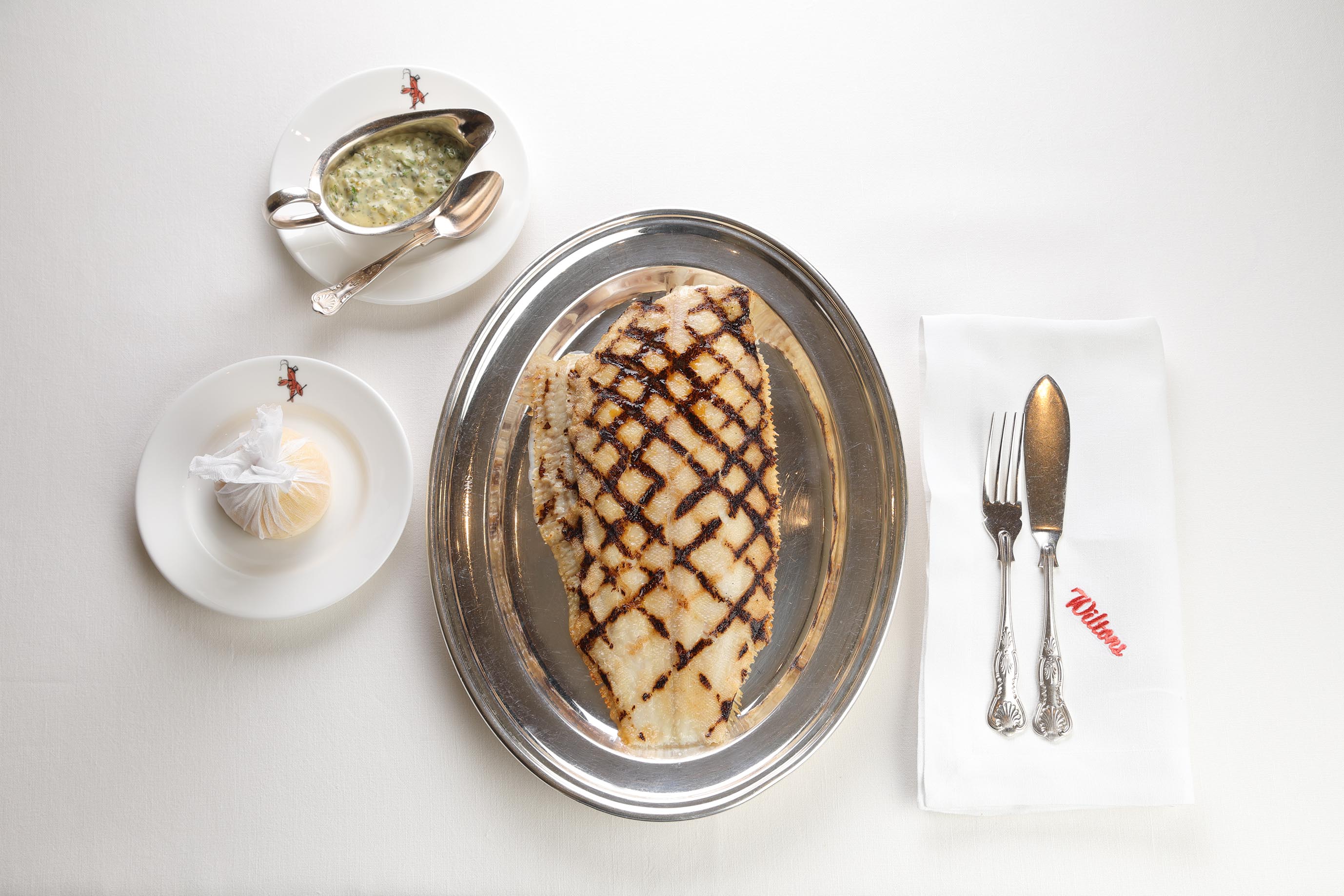 What is everyone talking about this week: Is the Golden Age of fine dining over?
What is everyone talking about this week: Is the Golden Age of fine dining over?It currently costs a restaurant around £35 to procure a Dover sole, but they cannot list said fish for anymore than £45. So, does the current financial climate spell an end to fine dining?
-
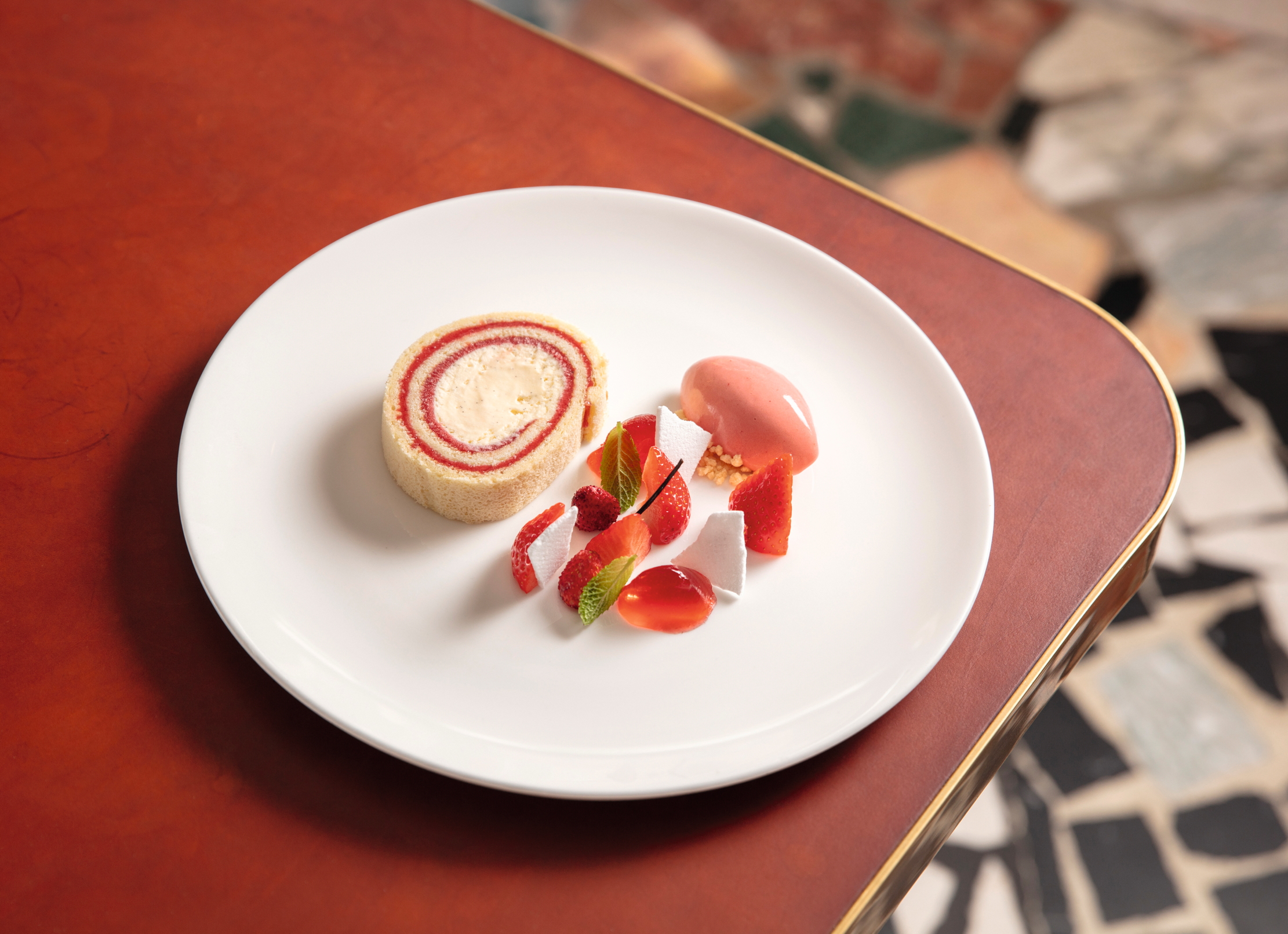 No more froths, no more foams, no more tweezers. Classic dining is making a comeback. Thank god
No more froths, no more foams, no more tweezers. Classic dining is making a comeback. Thank godFrom prawn cocktail and Arctic roll to starched tablecloths and ‘nicotine cream’ on the walls, it’s out with the new and in with the old in the restaurant world
-
 A vineyard for sale on the slopes above 'the best beach in Britain' is for sale at just £650,000
A vineyard for sale on the slopes above 'the best beach in Britain' is for sale at just £650,000In the beautifully unspoilt Devon village of Bantham, an award-winning vineyard is for sale. Toby Keel takes a look.
-
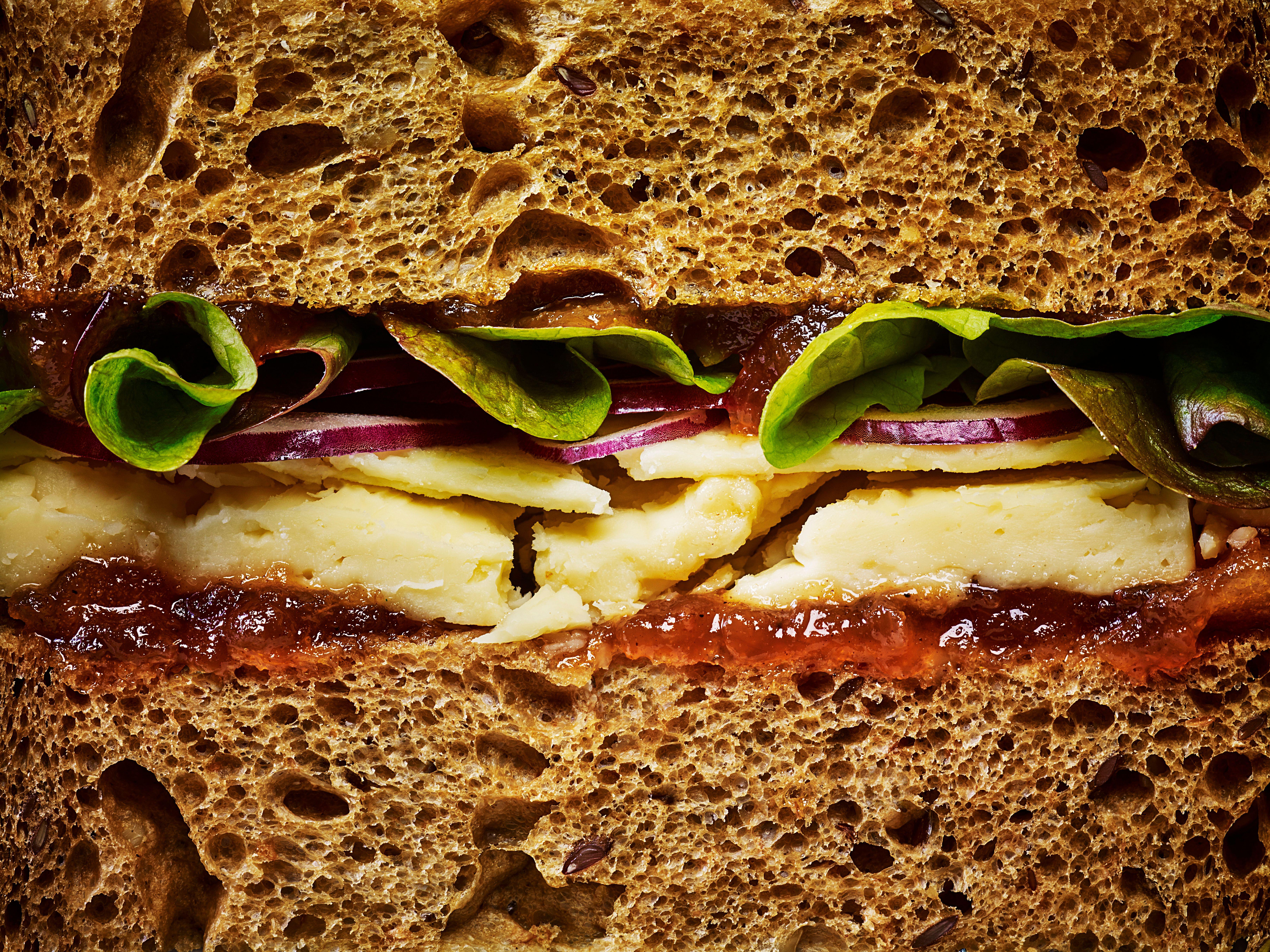 The nine best sandwiches in London, tried, tested and digested
The nine best sandwiches in London, tried, tested and digestedThe sandwich is back and it's bigger and better than ever. David Ellis reveals where to find the best ones in London.
-
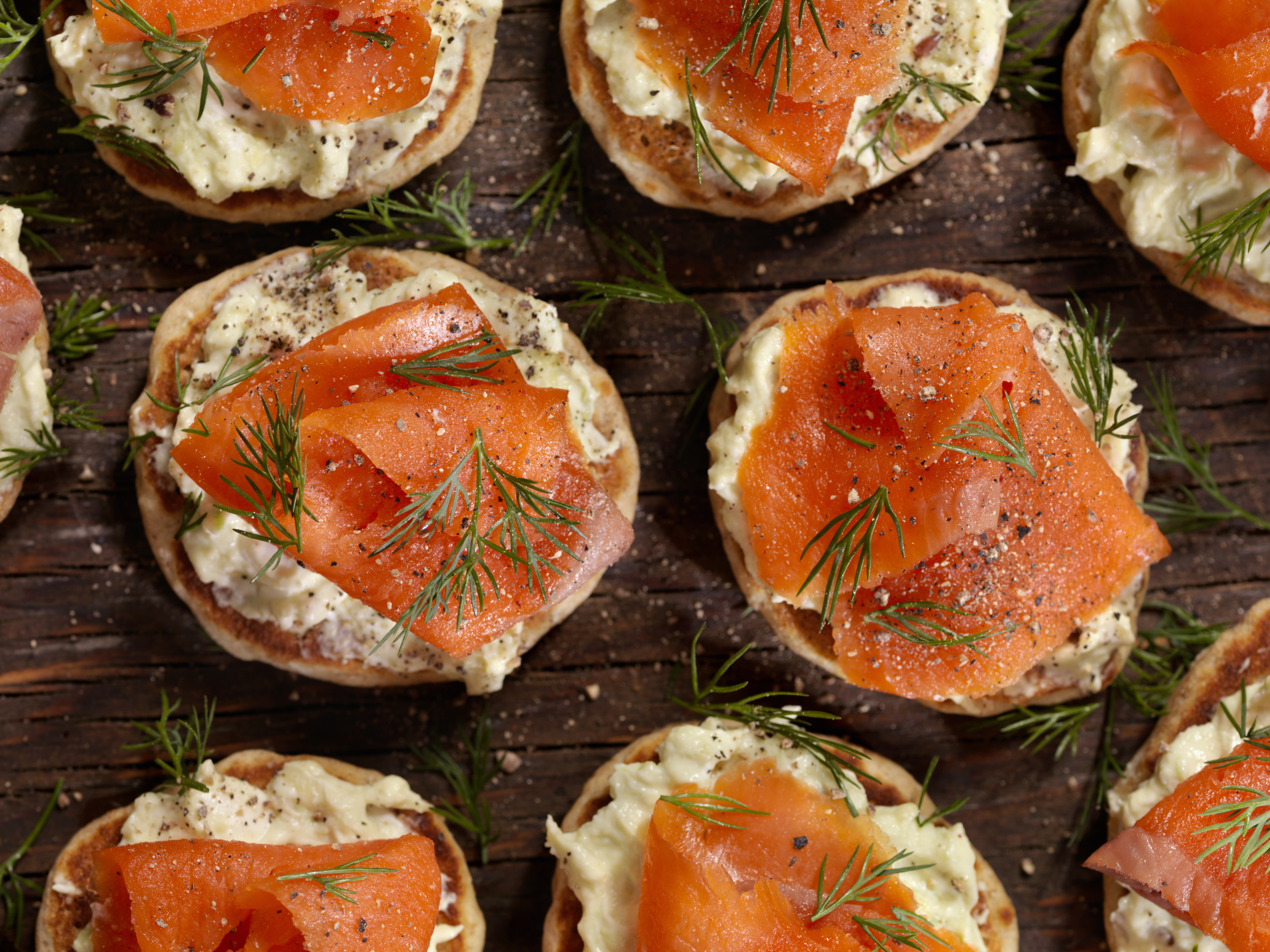 'Someone once proffered a tray and said to me: "Would you like an eat?" I’m not sure I’ve ever seen that person again': A snob's guide to canapés
'Someone once proffered a tray and said to me: "Would you like an eat?" I’m not sure I’ve ever seen that person again': A snob's guide to canapésTeeny, tiny food can throw up some big problems, says our modern etiquette columnist.
-
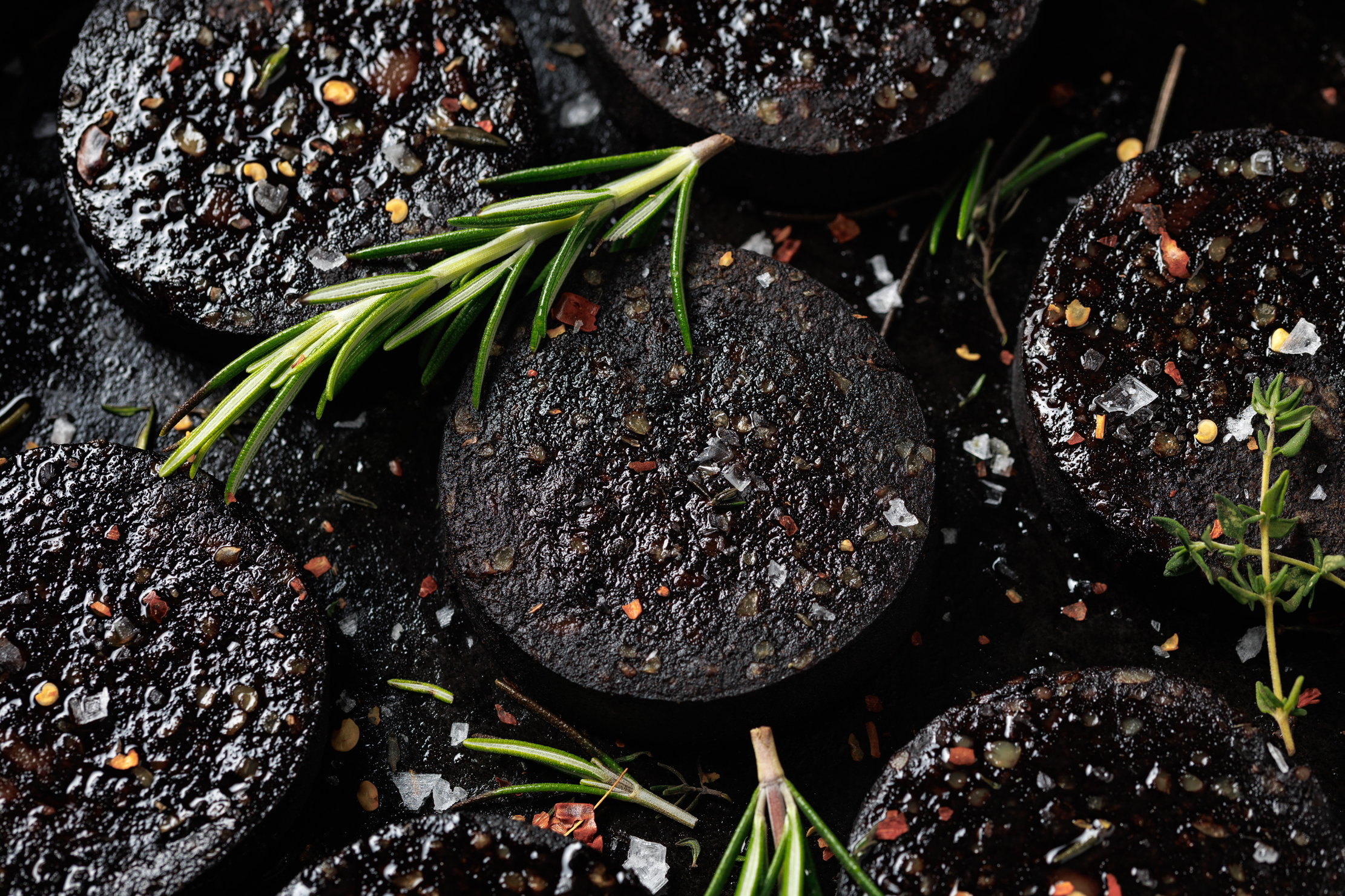 Made with porpoise blood, eaten with beaver tail: The not-so-normal history of the black pudding
Made with porpoise blood, eaten with beaver tail: The not-so-normal history of the black puddingAncient, but still popular, both very global and very local, much loved and at one point fiercely disdained. Bound up within the beloved black pudding there’s so much culture, so much history, and so many stories.
